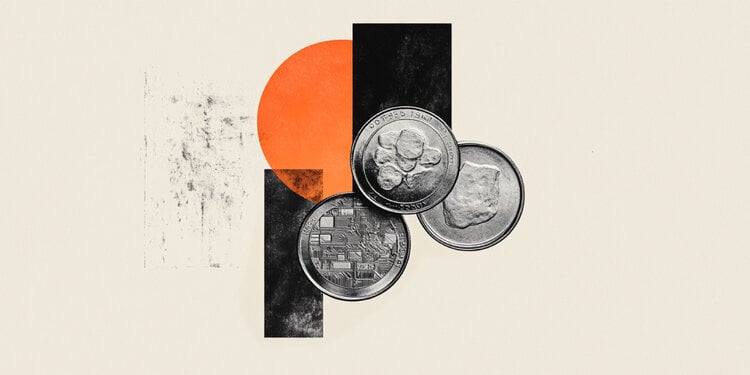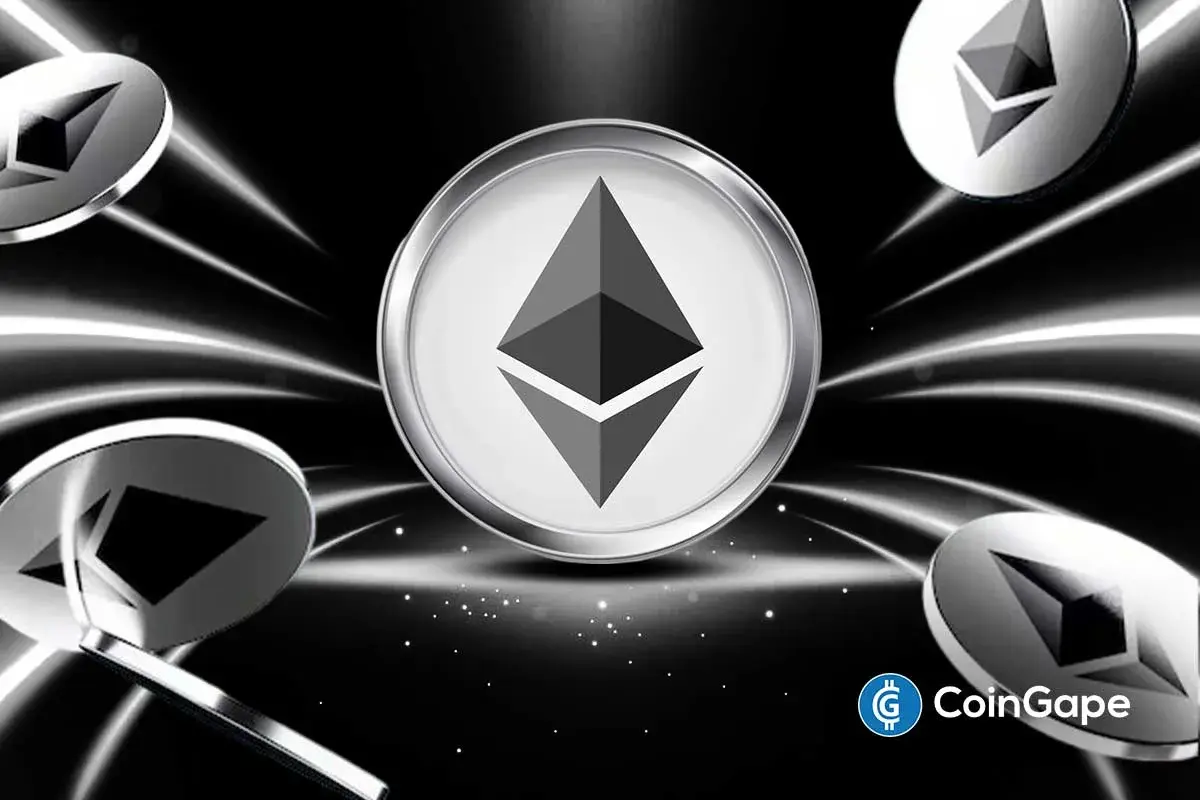XAG/USD trades lower near $52.00 due to receding safe-haven demand

Silver price (XAG/USD) is down 0.9% to near $51.90 during the late Asian trading session on Tuesday. The white metal faces selling pressure as rally in precious metals has halted for now due to receding trade tensions between the United States (US) and China.
Easing global trade frictions diminish demand for safe-haven assets, such as Silver.
US-China trade tensions have eased as President Donald Trump has expressed confidence that Washington and Beijing will reach a consensus ahead of his meeting with Chinese leader Xi Jinping later this month.
Ahead of Trump-Xi meet, US Treasury Secretary Scott Bessent and China’s top negotiator Vice Premier He Lifeng are scheduled to meet in Malaysia later this week. Both are expected to discuss on rolling back recently announced export controls on rare earth minerals by Beijing and an additional 100% tariffs imposed on Chinese imports by Washington.
Another reason behind weakness in the Silver price is increasing hopes that the federal government will reopen this week. On Monday, White House economic adviser Kevin Hassett stated in an interview with CNBC that the shutdown is” likely to end sometime this week”.
Going forward, investors will pay close attention to the delayed Consumer Price Index (CPI) data for September, which will be published on Friday. The inflation data will influence market expectations for the Federal Reserve’s (Fed) monetary policy outlook.
Silver technical analysis
Silver price retraces from the all-time high around $54.50 posted on Friday. However, the near-term trend remains bullish as the 20-day Exponential Moving Average (EMA) slopes higher, which trades around $49.34.
The 14-day Relative Strength Index (RSI) oscillates above 60.00, suggesting that a strong bullish momentum remains intact.
Looking down the 20-day EMA would remain a key support. On the upside, the all-time high of $54.50 might act as key barrier.
Silver daily chart
-1761024861384-1761024861385.png&w=1536&q=95)
Silver FAQs
Silver is a precious metal highly traded among investors. It has been historically used as a store of value and a medium of exchange. Although less popular than Gold, traders may turn to Silver to diversify their investment portfolio, for its intrinsic value or as a potential hedge during high-inflation periods. Investors can buy physical Silver, in coins or in bars, or trade it through vehicles such as Exchange Traded Funds, which track its price on international markets.
Silver prices can move due to a wide range of factors. Geopolitical instability or fears of a deep recession can make Silver price escalate due to its safe-haven status, although to a lesser extent than Gold’s. As a yieldless asset, Silver tends to rise with lower interest rates. Its moves also depend on how the US Dollar (USD) behaves as the asset is priced in dollars (XAG/USD). A strong Dollar tends to keep the price of Silver at bay, whereas a weaker Dollar is likely to propel prices up. Other factors such as investment demand, mining supply – Silver is much more abundant than Gold – and recycling rates can also affect prices.
Silver is widely used in industry, particularly in sectors such as electronics or solar energy, as it has one of the highest electric conductivity of all metals – more than Copper and Gold. A surge in demand can increase prices, while a decline tends to lower them. Dynamics in the US, Chinese and Indian economies can also contribute to price swings: for the US and particularly China, their big industrial sectors use Silver in various processes; in India, consumers’ demand for the precious metal for jewellery also plays a key role in setting prices.
Silver prices tend to follow Gold’s moves. When Gold prices rise, Silver typically follows suit, as their status as safe-haven assets is similar. The Gold/Silver ratio, which shows the number of ounces of Silver needed to equal the value of one ounce of Gold, may help to determine the relative valuation between both metals. Some investors may consider a high ratio as an indicator that Silver is undervalued, or Gold is overvalued. On the contrary, a low ratio might suggest that Gold is undervalued relative to Silver.





